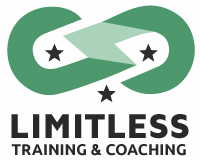Niets is waar, ook dit niet
De waarheid is een veelbesproken onderwerp in de maatschappij. Alleen, als we het over de waarheid hebben, waar hebben we het dan precies over? Gaat het dan over wat ik zie, hoor, of beleef? Hoe weet ik dan dat een ander dat precies zo beleeft? En als de meeste mensen hetzelfde denken te zien, is dat dan wat het is? Wat is waarheid precies? En hoe weten we dan dat dat waar is? De van Dale zegt hierover: Waarheid = Het ware “Overeenstemming van woorden met feiten”. Nu weten we in elk geval wat we in de Nederlandse taal hebben afgesproken wat de waarheid betekent. Wat is dan een feit? Daarover zegt van Dale: Een gebeurtenis of omstandigheid waarvan de werkelijkheid vaststaat. Werkelijkheid. Van Dale: Werkelijkheid = realiteit.
Lees meer